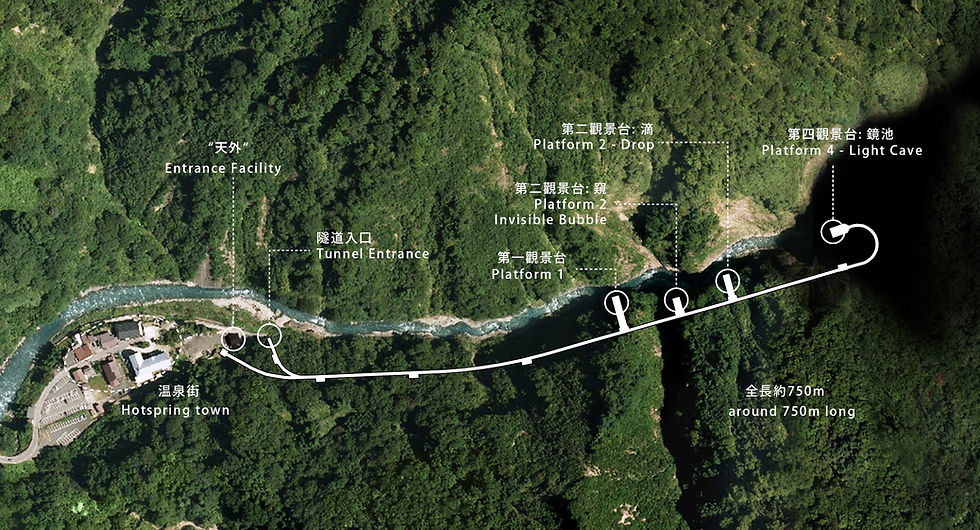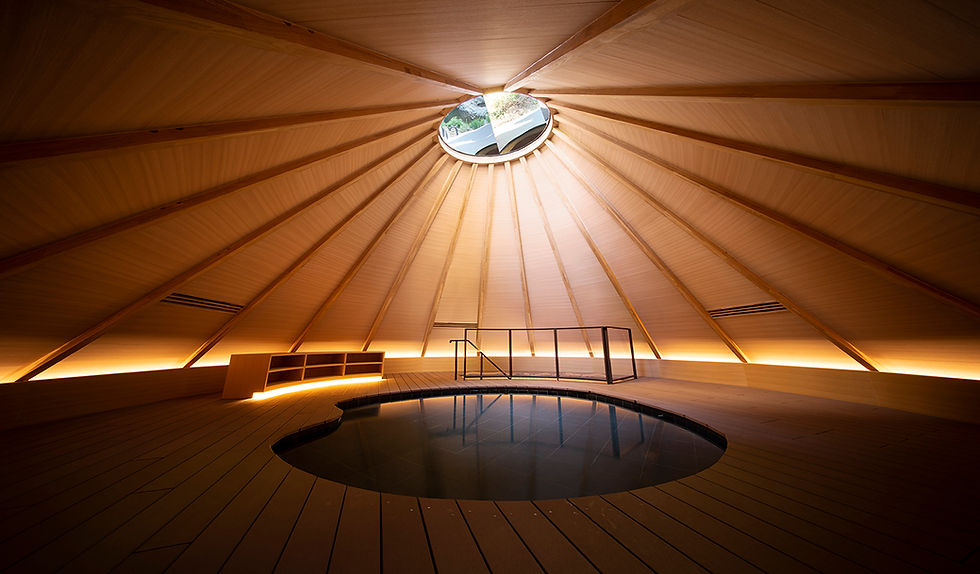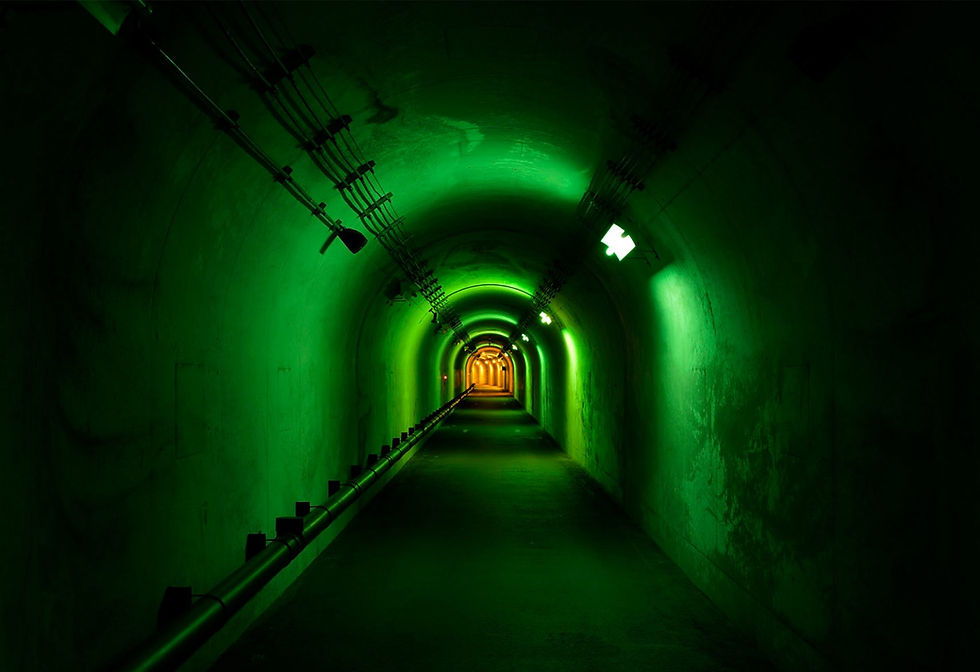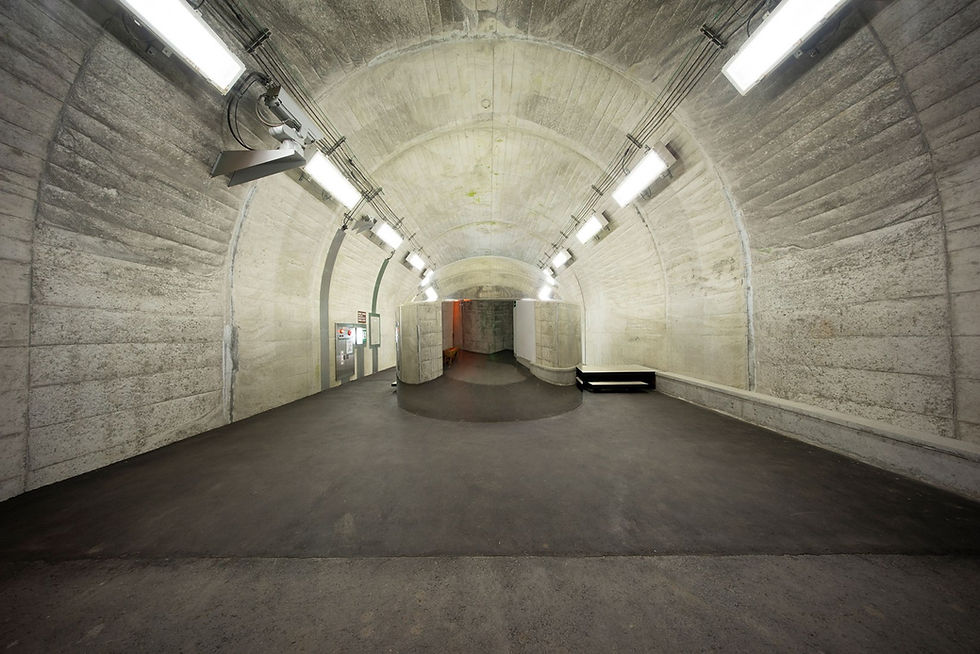MAD Architects:Art Meets Nature Tourism
- JOMO
- Nov 23, 2019
- 4 min read
Updated: Nov 15, 2021

In places of remote and regional wilderness artists are creating tourism destinations with a 21st century WOW factor“. In forests, oceans and mountains these "museums without walls" transform local communities and attract droves of international tourists.
biophiliarts.com will feature a series of blogs that profile the artists behind these ‘museums’ in nature and link you to spectacular models of contemporary tourism. From the MAD Architects ‘Tunnel of Light’ in Japan’s coastal and mountainous Niigata prefecture; to remote underwater sculpture parks by Jason deCaires Taylor off the coast of Mexico and Spain; to Arte Sella:The Contemporary Mountain in the Malga Costa region of Northern Italy; to art trails in the remotest of outback Australia…
the ‘art meets nature’ ‘museum without walls’ is multi-sensory, regenerative, conservation minded, respectful of traditional culture and country and nourishing to both mind and body.
Highly skilled artists, designers and architects bring imagination, sensibility and creativity to the design and construction of places and spaces that immerse educated, adventurous and sophisticated 21st century tourists in both art and nature.
The governors of Japan’s Niigata prefecture are delighted with the revitalization of their communities and the tourism industry that has grown from the Echigo-Tsumari Triennale, an ‘Art in Nature’ event in the coastal and mountainous prefecture best known for skiing and the traditional custom of hot-spring bathing.
The Kiyotsu Gorge Tunnel is an historic, 750-meter passageway that cuts through distinctive rock formations, offering panoramic views over one of Japan’s three great chasms. The MAD Architect’s restoration project at the key viewpoints along the tunnel opened in 2018 and has brought the existing tunnel to life.

One of the world’s most influential contemporary architects, Ma Yansong and his firm MAD Architects, have built their success on designs that rethink the relationship between humans and nature. Ma Yansong’s design philosophy focuses on creating spaces that evoke emotion and embody humanity’s pursuit for inner fulfillment - spaces where people can reconnect with nature on a spiritual level.
The ‘Tunnel of Light’ project, for a remote region in economic and social decline, represents the ultimate solution for quality tourism development and the revitalization of a community.

Site map The Kiyotsu Gorge Tunnel

Wooden Hut – Entrance café and souvenir shop. Photo by Nacasa & Partners Inc. courtesy of MAD Architects
It is the very model of contemporary cultural tourism infrastructure design.
It engages the five Chinese philosophical elements – wood, earth, metal, fire and water – to transform the site through a series of artistic and atmospheric experiences. It rethinks the relationship between humans and nature. It seeks to re-connect locals and visitors alike with the majestic beauty of the land and its cultural traditions.

Periscope (wood) Hot Spring Foot Spa Photography by Nacasa & Partners Inc. courtesy of MAD Architects
A wooden lined hot-spring foot spa is situated under a circular aperture that is encircled by mirrored lenses. They reflect the nature of the surrounding site inwards, giving visitors the opportunity to enjoy the natural scenery outdoors while they have a foot bath and relax within the warmth of the wooden interior.

Expression of Color (earth) Photography by Nacasa & Partners Inc. courtesy of MAD Architects
The long concrete tunnel is brought to life with color and music creating a subtle but dynamic ambiance that sparks a certain curiosity of the unknown for those who are wandering through.

The Drop (fire) reflective openings along the tunnel that project a reality by mirroring the natural environment. Photo: Nacasa & Partners Inc. courtesy of MAD Architects.
‘Dew drops’ are scattered along the curvature of the second lookout point. As one looks into these convex mirrors, backlit by fiery, red light, they experience an alternative connection with nature – one that is at once mysterious and warm.

The Invisible Bubble a capsule-like structure that mirrors the silhouette of the tunnel itself, while reflecting its surroundings. Functioning as a toilet, the wall which faces towards the gorge is transparent. This exterior window is covered in a metallic film that only allows one-way views from the inside out, playing with the notion of public and private space.

Light Cave (water) Photo: Katherine Whatley for The Japan Times
At the culmination of the trail, the “Light Cave”, created by satin finished stainless steel lining of the tunnel, draws the rock formations, lush greenery, and turquoise water of the surrounding terrain, into the enclosed space. A shallow pool of water ripples with the breeze of the wind. The images of the gorge reflect from the cave and cast themselves onto the water – an infinite illusion of nature.
Each one of the installations, forms a poetic space where visitors can transcend the role of observer, and become an active participant – allowing individuals to place themselves in nature in unexpected ways.
The ‘Tunnel of Light’ was completed in 2018. Since its opening, the number of visitors has tripled from 60,000 in 2017 to 180,000+ in 2018, demonstrating how art and nature can come together to capture the international tourist market and to reinvigorate community.
Text: JOMO biophiliarts.com
3mins 15 secs



Comments